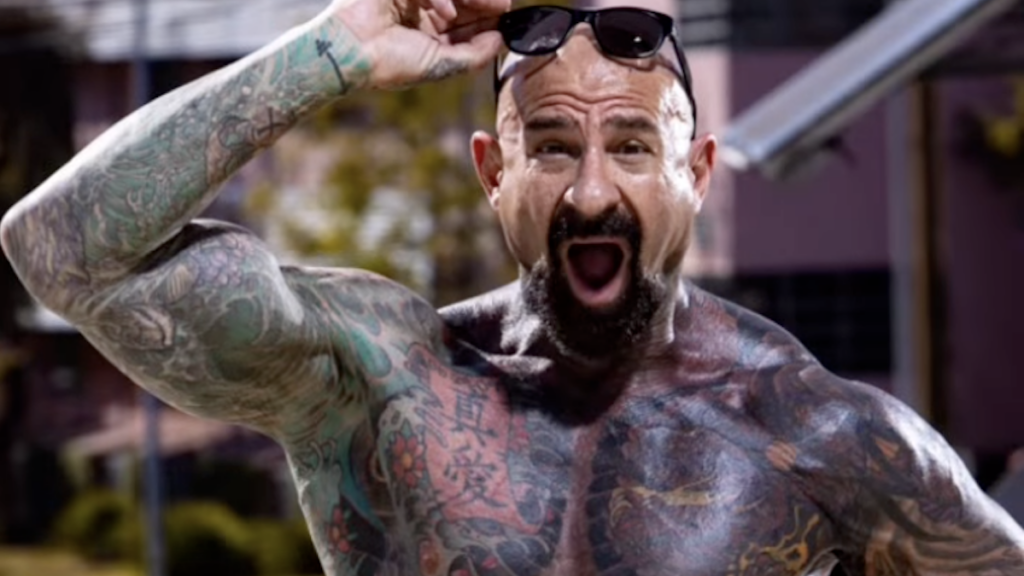Today I’m talking to legendary fitness researcher and bodybuilder Dr. Jim Stoppani, the founder of JYM Supplement Science. When it comes to influencers in the space, Dr. Stoppani’s resume is almost unparalleled. He’s an active research scientist who has also spent decades in fitness publishing. And he’s a straight shooter, not afraid to separate fact from fiction and to admit when the research is still coming up short on topics in strength. Stoppani joins us to talk about everything from training myths to protein requirements as we age. Don’t miss out on this conversation with one of the most knowledgeable people in strength.
Before we get into that, I want to give a quick shoutout to today’s episode sponsor, Colter Dillon. Do you struggle to find a T-shirt that fits as well as that ONE tee you loved until it wore out? Do you wish a standard medium was JUST a little bit longer, or maybe a large wasn’t so baggy for you? Then you’ve got to check out Colter Dillon. They personalize the fit for YOU, and they have tons of color options — you can even personalize artwork on the shirt! They deliver a perfect T-shirt every time. Check out Colter Dillon today.

In this episode of The BarBend Podcast, David Thomas Tao and Dr. Jim Stoppani discuss:
- The fitness and muscle-building myths that just refuse to die (2:20)
- Bodybuilding splits and International Chest Day (6:30)
- We can’t prevent decline with aging — but here’s what we CAN do (11:00)
- The easy math of protein intake, according to Jim (14:00)
- Under-studied populations in strength research (19:00)
- The changing world of fitness content, including life pre-internet (22:00)
- What did CrossFit really change? (25:10)
Relevant links and further reading
- Follow Jim Stoppani on Instagram
- Check out more info on JYM Supplement Science, the company founded by Dr. Stoppani
- Follow David Thomas Tao on Instagram and Twitter